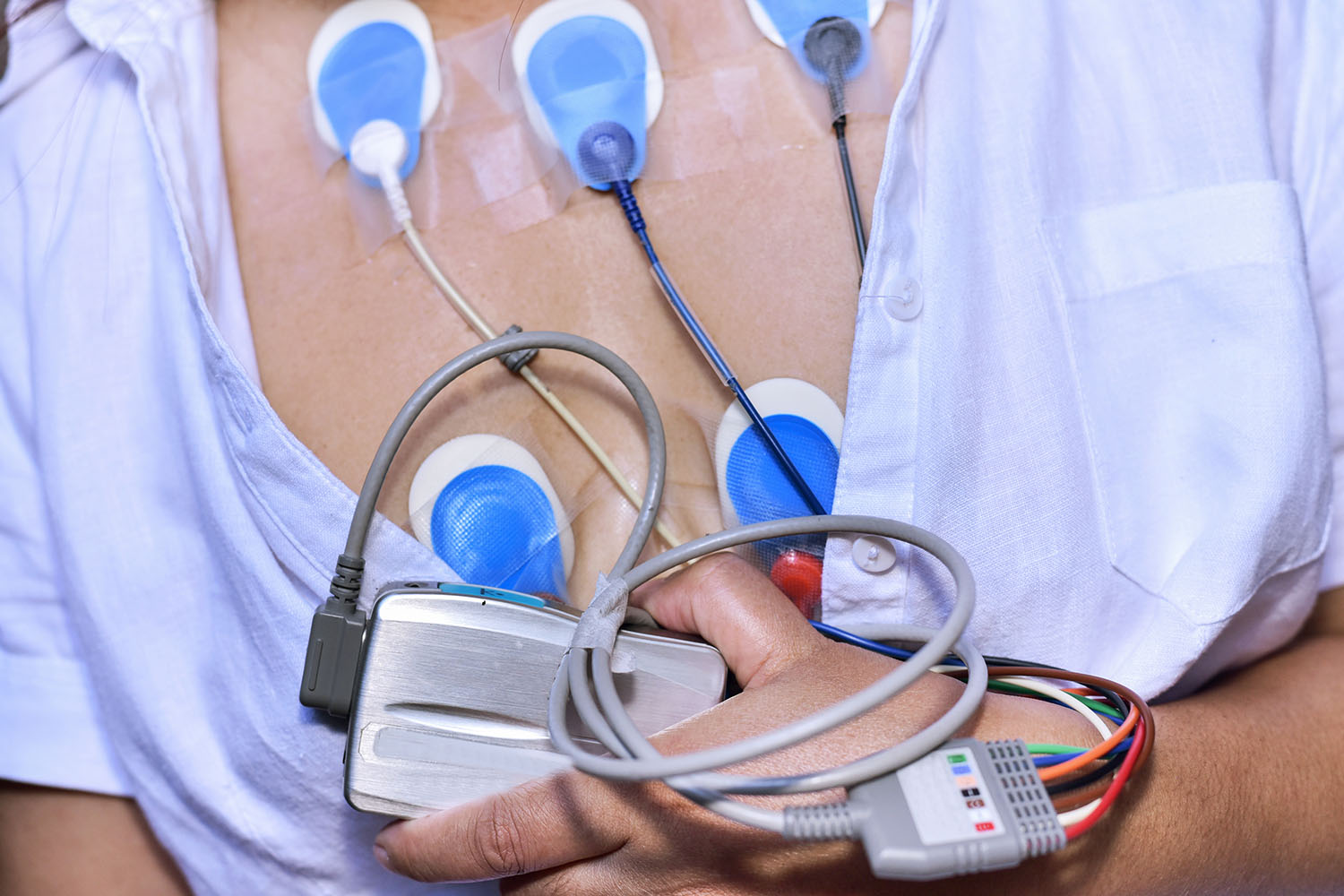Overview
In the intricate realm of cardiac health, where every beat matters, advancements in medical technology continually redefine treatment possibilities. Among these innovations stands cardiac ablation, a procedure that has revolutionized the management of certain heart rhythm disorders. Let’s delve into the depths of this transformative intervention, backed by research and facts.

Understanding Cardiac Ablation:
Cardiac ablation is a minimally invasive procedure aimed at correcting abnormal heart rhythms, known as arrhythmias. These irregular rhythms can disrupt the heart’s ability to pump blood effectively, leading to symptoms like palpitations, dizziness, and fatigue, and in severe cases, they can increase the risk of stroke or heart failure.
During cardiac ablation, a thin, flexible tube called a catheter is inserted into a blood vessel, usually in the groin or neck, and guided to the heart. Through this catheter, radiofrequency energy or cryotherapy (extreme cold) is delivered to the areas of the heart causing the abnormal rhythm. This targeted energy destroys or scars the problematic heart tissue, restoring the heart’s normal electrical activity.
Efficacy Supported by Research:
Research consistently demonstrates the efficacy of cardiac ablation in treating various arrhythmias. For instance, a study published in the New England Journal of Medicine found that for patients with atrial fibrillation, a common type of arrhythmia, catheter ablation was significantly more effective than conventional drug therapy in maintaining normal heart rhythm over a five-year period.
Moreover, advancements in ablation techniques, such as the use of three-dimensional mapping systems and improved catheter technologies, have further enhanced procedural success rates and safety profiles. These advancements enable electrophysiologists, specialists in heart rhythm disorders, to precisely identify and target the abnormal electrical pathways causing arrhythmias with greater accuracy and efficiency.
Expanding Treatment Horizons:
Beyond its established role in treating atrial fibrillation and other common arrhythmias, cardiac ablation is increasingly being explored for a broader range of conditions. Recent studies have investigated its utility in managing ventricular tachycardia, a potentially life-threatening rhythm disorder often associated with heart disease.
Furthermore, ongoing research efforts are focused on refining ablation techniques and identifying patient-specific factors that influence treatment outcomes. This personalized approach holds promise for optimizing procedural success rates and minimizing the risk of complications, thus further solidifying the position of cardiac ablation as a cornerstone of modern arrhythmia management.
In the ever-evolving landscape of cardiovascular medicine, cardiac ablation shines as a beacon of hope for patients grappling with debilitating heart rhythm disorders. Supported by rigorous research and clinical evidence, this transformative procedure offers a path to restored heart health and improved quality of life.
As we continue to unravel the complexities of arrhythmia management, cardiac ablation stands as a testament to the power of innovation in reshaping the future of cardiac care. With ongoing advancements and a steadfast commitment to excellence, the journey towards optimal heart rhythm control marches forward, guided by the enduring promise of cardiac ablation.


